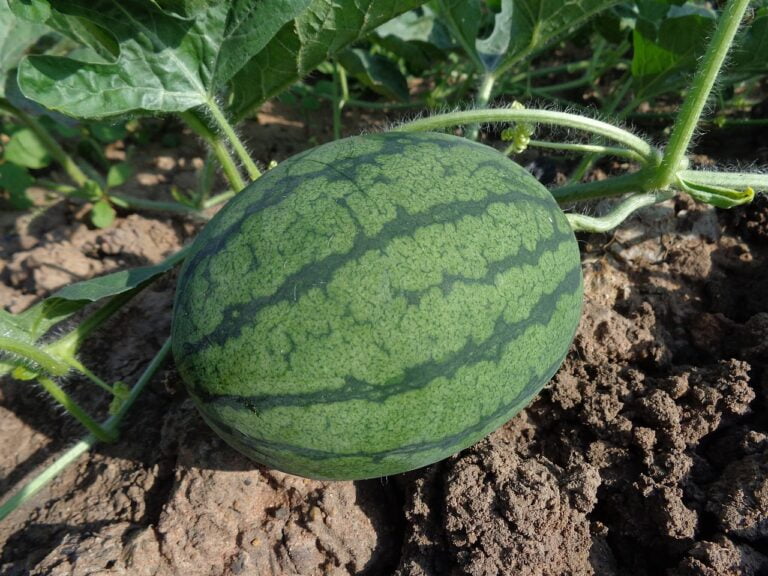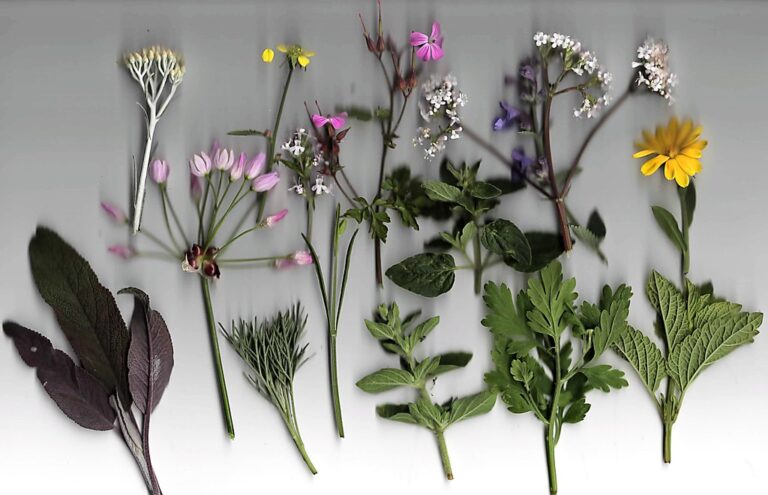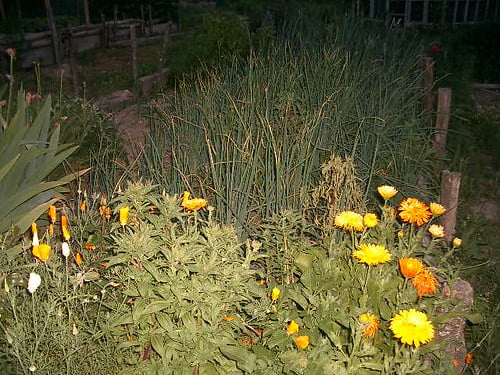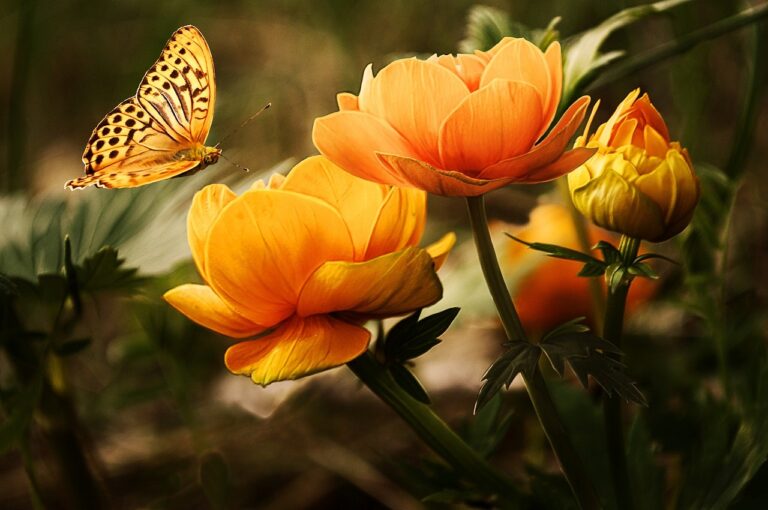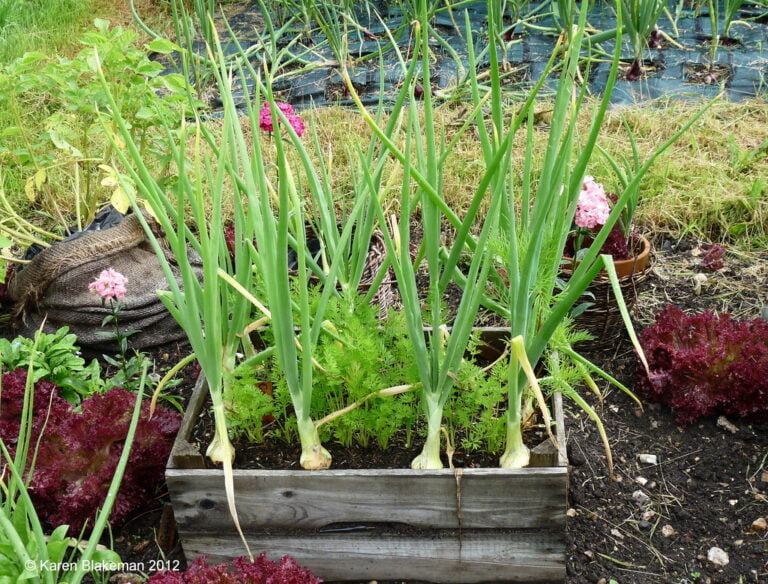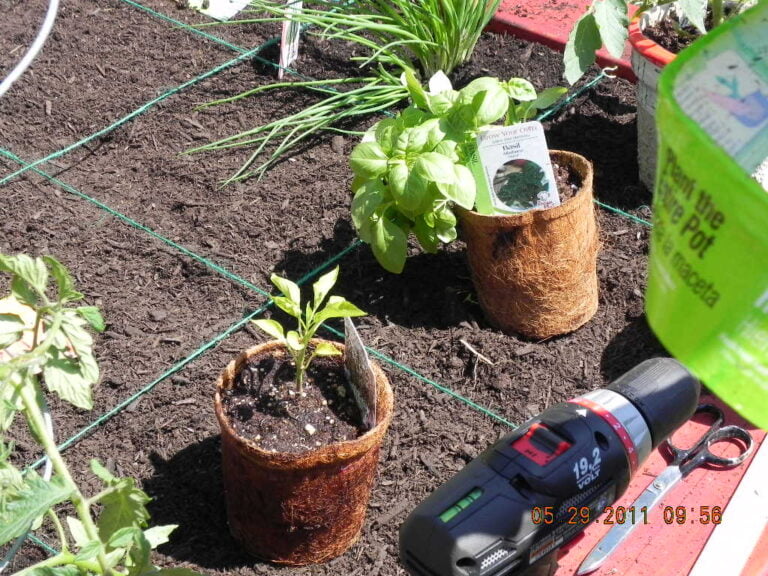Understanding the Basics of Companion Planting for Basil
Are you curious about how to maximize the growth and flavor of your basil plants? Look no further! In this article, we'll guide you through the basics of companion planting for basil. You'll discover the benefits of planting basil alongside other compatible plants, learn effective techniques for pest control, and find out how to enhance the flavor of your basil with strategic companion plant combinations. Get ready to elevate your basil gardening game and reap the rewards of successful companion planting!
Benefits of Companion Planting for Basil
One benefit of companion planting for basil is its ability to improve the overall health and growth of your basil plants. When you choose the right companion plants to grow alongside your basil, you create a harmonious environment that promotes healthy growth and helps prevent pest infestations. For example, planting basil alongside tomatoes can help deter pests like aphids and whiteflies, which are common enemies of both plants. Additionally, basil can benefit from being planted near crops like peppers or beans, as they provide shade and help conserve moisture in the soil. This is especially important during hot summer months when basil can be susceptible to wilting. By practicing companion planting for basil, you can maximize the yield and quality of your basil plants while creating a beautiful and functional garden.
Common Companion Plants for Basil
To continue promoting healthy growth and preventing pest infestations for your basil plants, it is important to choose common companion plants to grow alongside your basil. Certain plants have natural properties that can benefit basil by repelling pests, enhancing flavor, or improving soil conditions. One popular companion plant for basil is tomatoes. Basil and tomatoes have a symbiotic relationship, as the strong scent of basil can deter pests that commonly attack tomato plants. Additionally, planting marigolds near your basil can help repel aphids and other harmful insects. Another beneficial companion for basil is chamomile, which improves the flavor of the basil leaves. Lastly, planting beans near basil can help fix nitrogen in the soil, providing essential nutrients for the basil plants. By selecting these common companion plants, you can create a thriving and balanced garden that serves your basil plants well.
Planting Techniques for Basil and Its Companions
When planting basil and its companion plants, utilize proper spacing and consider their individual growing requirements for optimal results. Basil should be planted in well-drained soil, with a spacing of about 12-18 inches between plants. This allows for good air circulation and prevents overcrowding, which can lead to disease and pest issues. It is also important to consider the needs of the companion plants when planning the layout. For example, tomatoes and peppers prefer full sun, so they should be planted in a location that receives at least 6-8 hours of direct sunlight per day. On the other hand, plants like lettuce and spinach prefer partial shade, so they can be planted in the shadow of taller plants. By paying attention to these details, you can create a harmonious and productive garden that serves the needs of all its occupants.
Pest Control Strategies in Companion Planting for Basil
To effectively control pests in companion planting for basil, you should incorporate strategic planting techniques and natural deterrents. By planting certain companion plants alongside your basil, you can help repel pests and keep your plants healthy. For instance, planting marigolds near your basil can deter harmful insects like aphids and nematodes. Their strong aroma acts as a natural deterrent. Another effective companion plant is garlic, which repels pests with its pungent scent. You can also try intercropping basil with tomatoes, as the strong scent of basil can help protect tomato plants from pests like whiteflies. Additionally, using natural deterrents like neem oil or insecticidal soap can further enhance your pest control efforts. By incorporating these strategies, you can keep your basil plants thriving and pest-free.
Maximizing Yield Through Companion Planting for Basil
You can maximize your yield through companion planting for basil by selecting the right companion plants and implementing proper planting techniques. When choosing companion plants for basil, look for ones that have similar growing requirements and complement each other in terms of pest control and nutrient uptake. Good companions for basil include tomatoes, peppers, and oregano. These plants not only enhance the flavor of basil but also help deter pests like aphids and whiteflies. Additionally, interplanting basil with marigolds can help repel harmful nematodes. Proper planting techniques, such as spacing your basil plants appropriately and providing adequate sunlight and water, will also contribute to a higher yield. Regularly harvesting the leaves will encourage more growth and ensure a continuous supply of fresh basil throughout the growing season. By carefully selecting companion plants and following proper planting techniques, you can maximize your basil yield and enjoy an abundant harvest.
Seasonal Considerations for Companion Planting With Basil
As you continue to explore companion planting for basil, it is important to consider seasonal factors that can affect the success of your plant combinations. Understanding the specific needs of your basil plants during each season will help you make informed decisions about which companion plants to choose.
During the warm summer months, basil thrives in full sun and requires consistent watering to prevent the soil from drying out. Consider planting heat-loving companions like peppers or tomatoes, as they have similar sun and water requirements.
In cooler spring and fall seasons, basil may benefit from companions that provide shade and protection from frost. Try planting basil alongside taller plants like broccoli or kale. These leafy greens can provide a natural shade cover for the basil and help protect it from cold temperatures.
Soil Preparation for Successful Companion Planting With Basil
When preparing the soil for successful companion planting with basil, consider the nutrient requirements of both the basil plants and their companion plants. Basil requires well-drained soil that is rich in organic matter. Before planting, it is important to amend the soil with compost or aged manure to improve its fertility and texture. This will provide the necessary nutrients for healthy plant growth. Additionally, basil thrives in soil with a pH level between 6 and 7.5, so it's essential to test the soil and adjust the pH if needed. When selecting companion plants for basil, choose ones that have similar soil requirements to ensure they will grow well together. By taking these steps to prepare the soil, you can create an ideal environment for successful companion planting with basil.
Companion Plants to Deter Pests in Basil Gardens
To effectively deter pests in your basil garden, consider incorporating companion plants that naturally repel insects and pests. By strategically planting these companion plants alongside your basil, you can create a natural barrier that discourages pests from infesting your crop. One effective companion plant for basil is marigold. The strong scent of marigold repels a wide range of pests, including aphids, whiteflies, and nematodes. Another useful companion plant is garlic. The strong odor of garlic acts as a natural insect repellent, keeping pests like aphids, mites, and beetles away from your basil. Additionally, planting catnip near your basil can deter pests such as aphids, flea beetles, and ants. By incorporating these companion plants into your basil garden, you can protect your crop and enjoy a bountiful harvest.
Companion Planting Combinations to Enhance Flavor in Basil
Enhance the flavor of your basil by exploring different companion planting combinations. Pairing basil with certain plants can not only improve its taste but also create a harmonious garden. One popular combination is basil and tomatoes. The strong aroma of basil helps repel pests that commonly attack tomatoes, while the tomatoes enhance the flavor of the basil. Another great companion for basil is oregano. These two herbs share similar growing conditions and their flavors complement each other. When planted together, they create a delicious and aromatic blend. Additionally, planting basil alongside chamomile can enhance its flavor. Chamomile acts as a natural pest repellent, while its delicate flowers add a pleasant fragrance to the garden. By experimenting with different companion planting combinations, you can create a flavorful and thriving basil garden.
Tips for Successful Companion Planting With Basil
For successful companion planting with basil, you'll need to consider a few tips and guidelines. First, choose companion plants that have similar water and sunlight requirements to basil. This will ensure that all the plants in your garden receive the necessary amount of water and sunlight for optimal growth. Second, consider plants that can repel common pests that may affect basil, such as marigolds to deter aphids or garlic to repel mosquitoes. Additionally, avoid planting basil near plants that are known to compete for nutrients, such as tomatoes or peppers. Lastly, remember to rotate your basil plants each year to prevent the buildup of pests and diseases. By following these tips, you can create a successful companion planting arrangement with basil and enjoy a thriving garden.
Conclusion
In conclusion, companion planting with basil can provide numerous benefits such as pest control, increased yield, and enhanced flavor. By choosing the right companion plants and implementing proper planting techniques, you can create a thriving basil garden. Additionally, preparing the soil and utilizing plants that deter pests can contribute to the success of your companion planting efforts. Remember to follow these tips and strategies for a successful and rewarding experience with basil companion planting.

